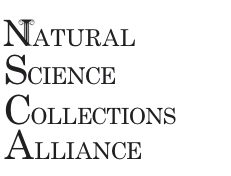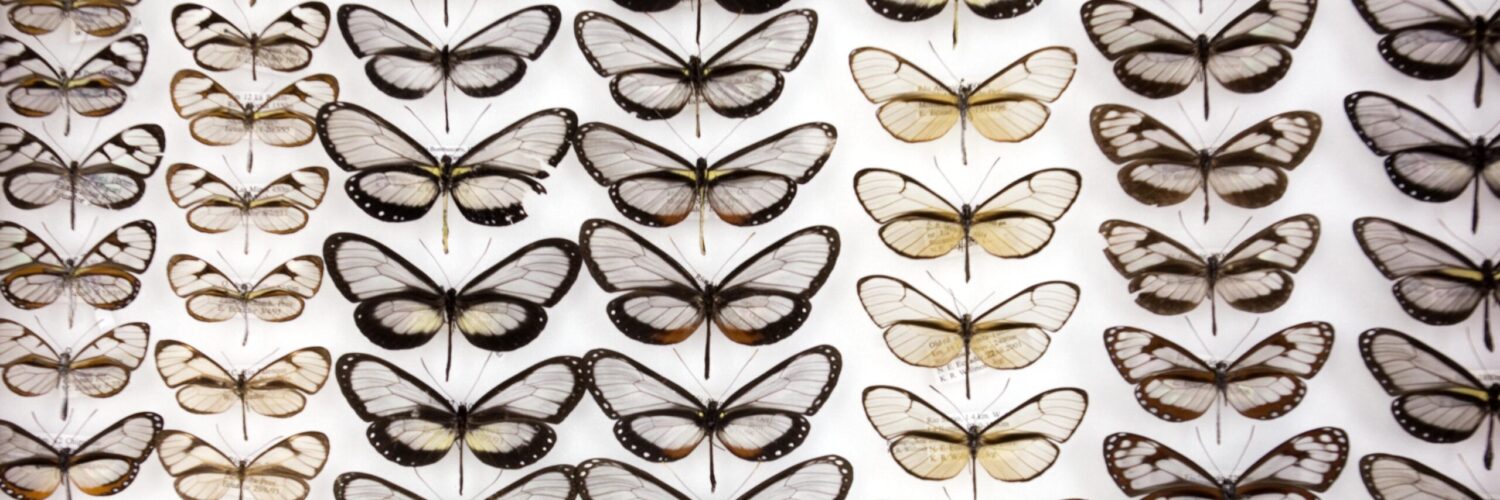A new article published in PLoS Pathogens argues for leveraging natural history biorepositories for the proactive detection and mitigation of emerging infectious diseases. Natural history museum biorepositories form the backbone of a critically needed, decentralized, global network for zoonotic pathogen surveillance, yet this infrastructure remains marginally developed, underutilized, underfunded, and disconnected from public health initiatives, note the authors, which include current NSC Alliance President John Bates and former NSC Alliance President Joseph Cook.
The paper highlights a new initiative: Museums and Emerging Pathogens in the Americas (MEPA), which is a virtual network aimed at fostering communication, coordination, and collaborative problem-solving among pathogen researchers, public health officials, and biorepositories in the Americas. According to the authors, MEPA now acts as a model of effective international, interdisciplinary collaboration that can and should be replicated in other biodiversity hotspots. The paper urges the deposition of all wildlife specimens and associated data in public biorepositories and calls on biorepositories to embrace new specimen sources, types, and uses to maximize strategic growth and utility for emerging infectious diseases research.

